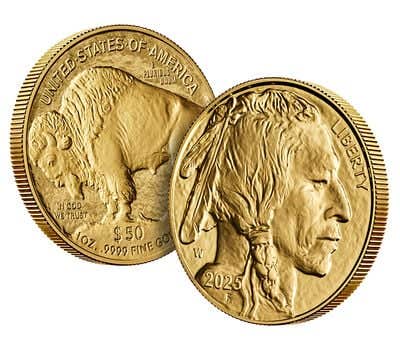1872 Indian Head cent shines in MS-65
The 1872 Indian Head cent is no longer a secret. It might be surprising to some, but for decades the 1872 Indian Head cent received very little attention as being an especially tough date. That was largely because Indian Head cents were like most other denominations not graded MS-65.
The 1872 Indian Head cent is no longer a secret. It might be surprising to some, but for decades the 1872 Indian Head cent received very little attention as being an especially tough date. That was largely because Indian Head cents were like most other denominations not graded MS-65. An Indian Head cent was simply uncirculated or worn. In uncirculated, while certainly a better date, the 1872 is not quite as tough as in a grade like MS-65 where it becomes a real scarce and expensive date.
There is little doubt that there was very little saving of the 1872 Indian Head cent as it was released. There was little indication in the mintage of 4,042,000 that the 1872 would be anything special. The 1872 coins that were saved were in the form of proofs, which the collectors of the day were using in ever increasing numbers to fill the yearly hole in their Indian Head cent collection. The lucky collectors living near Philadelphia would simply show up at the Mint and try to make some type of deal on a proof, which was usually twice the face value, and away they would go with a proof while the regular business strikes were allowed to circulate.
The 1872 ended up being in the very large shadow cast by the 1877. With a total mintage of 852,500, the 1877 captured the fancy of collectors at the time. While declining in numbers in circulation, the 1877 was still reported to be circulating until around World War I. The 1872 and other dates would have been in circulation as well but if a cent circulates for 40 years or more it is going to show some wear. This was the problem with the 1872 as you could not find any numbers of them in upper circulated grades.
According to Q. David Bowers in his book, American Coin Treasures and Hoards, in the 1980s one individual started hoarding the 1872 and had managed to acquire 151 examples. In fact, at its current $90 G-4 price, the total is not as much in dollars as it might sound.
Worthy of note, however, is that the 1872 prices show the impact of years of circulation. The available coins are lower grade as even an F-12 is currently listed at $390, and that is an unusual spread from $90 in G-4. The higher the grade the larger the price jump, but despite the fact that the 1872 is tough in circulated grades it has always been in Mint State where the 1872 was seen as special.
In MS-60 the 1872 today lists for $840. That puts it well behind the key 1877, but realistically no other regular date is at that level except for the 1909-S which is at $1,000. The 1909-S, with a mintage of 309,000, has to be seen as pretty good company.
However, it is MS-65 where the 1872 has become famous, at least with specialists. The listed price today is $3,850. Back in early 2004 an MS-65 went for four times the MS-65 Coin Market price at auction. When specialists get interested in a top grade 1872, there is really no telling what price a coin might bring.
Like what you're reading? Subscribe to our FREE email newsletter![form id="27827"]
The availability of the 1872 in MS-65 is interesting. The 1877 is at $13,000, which is more than three times the price of the 1872, but the grading services do not seem to support the price difference between the two. Professional Coin Grading Service has seen 69 examples of the 1872 in MS-65 or better and 64 of the 1877. Numismatic Guaranty Corporation has seen the 1872 in MS-65 or better 83 times but the 1877 a total of 89 times. Clearly the totals do not support the big price difference, although the same can be said when you compare the $3,850 1872 to the $2,400 1871. It is a case where, at least for now, the grading service totals simply do not support current price differences and that may not change as the Indian Head cents in MS-65 seem to have a life of their own.
Even though the grading services do not help explain the current levels, they do support the idea that the 1872 is special in MS-65 and that fact will continue to produce high prices and great interest whenever an MS-65 1872 is offered.
More Coin Collecting Resources:
• Subscribe to our Coin Price Guide, buy Coin Books & Coin Folders and join the NumisMaster VIP Program









